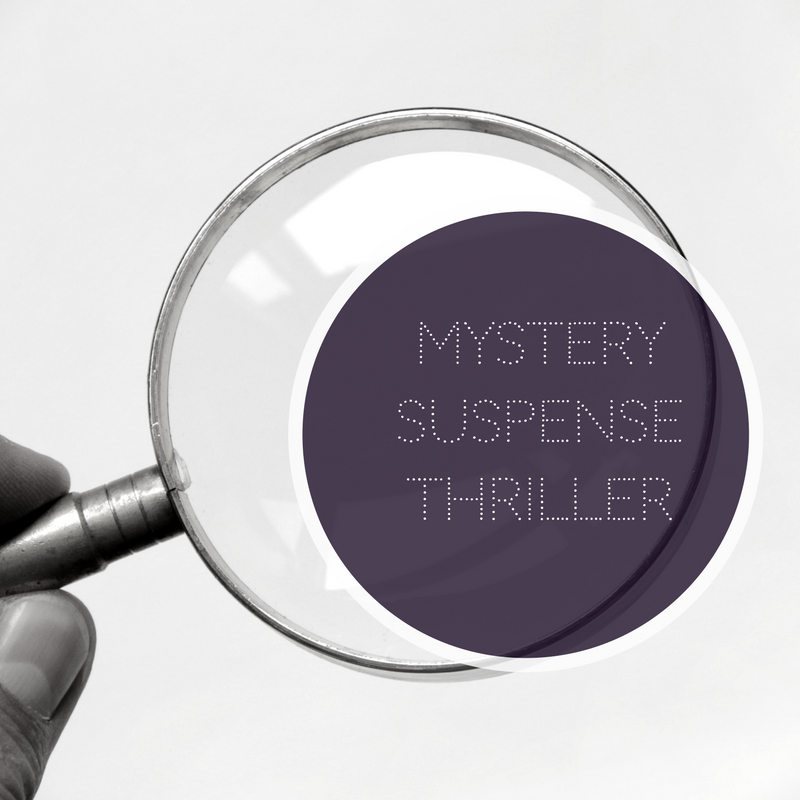Was it Miss Scarlet in the Ballroom with a candlestick or Colonel Mustard in the Billiard Room with a knife? Do you remember playing Clue in your childhood? Or maybe you still play it today! What is the fascination with this game? Could it be all the secrets and clues?
Yes.
As writers of suspense, mystery, and thrillers, we need to plant clues along the way and give our characters secrets. Why? To keep the reader guessing and turning the pages. Plus, it adds tension and conflict.
Here are some hints and suggestions when it comes to secrets and clues:
Secrets
Be creative – We writers have great imaginations, so we need to put them to good use. Let’s think back to our childhoods. We played games and made up secrets for imaginary characters. We can incorporate those into our stories. Our dreams are also great to spark ideas for secrets. It’s surprising how our brains don’t shut off when we sleep.
Lies – Should we let our characters lie to keep their secret? Yes! Even though as children our mothers told us they would wash our mouths out with soap, there are occasions when our protagonists and antagonists need to lie. Perhaps they’re embarrassed, want to cover up their mistakes, or protect a loved one. Eventually, the truth will come out, but in order to keep the reader guessing, our characters may need do tell a little white lie.
Clues
Plant seeds – Think of a roller coaster with lots of twists, turns, and drops. Clues need to be planted along the way of each of those. This will create page-turner novels. Spread subtle clues and mysteries, foreshadowing events to come. Most of the time, these are added at the end of a chapter or scene to keep the reader from putting down the book. Don’t overdo it. Entice the reader, but don’t blow them away.
Heart of a story – Clues keep the sleuth guessing throughout the mystery. They must analyze every aspect no matter the size. They can be a smell, sound, a missing piece to the puzzle. Watch every detail of your daily activities to spark ideas for clues. Observe your co-workers, romantic interludes in a restaurant, etc. They can be objects, another character’s body language, their clothing, an item that doesn’t fit into the crime scene. Clues become the heart of a great story.
Red herrings and misdirection – Every good mystery needs a red herring. That clue everyone believes is the answer to the puzzle and they think they have it figured out, but in the end, it was only an untruth snuck in by the writer to fool the reader. Misdirection is a tool used to lead someone down a certain path, leading the reader to a false conclusion. They can be looking one way while the actual culprit is getting away with the crime when no one is paying attention. Use these devices wisely.
Creating secrets, clues, red herrings, and misdirection can be lots of fun. However, stay away from coincidences, don’t create too many different scenarios as it will confuse the reader, and play it fair by not withholding vital information to the reader. They should find out answers along with the sleuth.
Most of all, have fun with it!

Darlene L. Turner writes romantic suspense and is represented by Tamela Hancock Murray of the Steve Laube Agency. She’s a finalist in the 2019 Daphne du Maurier Award for Excellence contest and won in 2016. She’s also a finalist in the 2019 ACFW Genesis contest and won in 2017. She lives with her husband in the Forest City of London, Ontario.
Visit Darlene at:
Website: www.darlenelturner.com where she believes there’s suspense beyond borders
Social Media links:
Facebook: https://www.facebook.com/darlene.turner.902
Twitter: https://twitter.com/darlenelturner
Sign up to receive my Newsletter and get a FREE short story!




No Comments